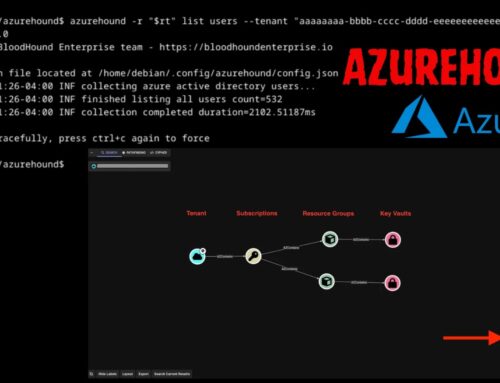
Doctors Imaging Group Suffers Data Breach – 171800+ Users Data Exposed
In the digital landscape where personal and medical data are increasingly interconnected, a breach can have far-reaching consequences. Recently, Doctors Imaging Group, a prominent healthcare provider based in Florida, faced such an incident. This significant data breach has exposed the sensitive information of over 171,800 individuals, underscoring the persistent challenges in healthcare cybersecurity and the critical need for robust defense mechanisms.
Understanding the Doctors Imaging Group Data Breach
The incident, officially categorized as a “Hacking/IT Incident,” involved unauthorized access to Doctors Imaging Group’s network server. This intrusion led to the compromise of a wide array of highly sensitive personal and medical data. For nearly two decades, healthcare organizations have been prime targets for cyberattacks due to the valuable nature of Protected Health Information (PHI). This breach unfortunately adds to a growing list of incidents impacting patient trust and data security.
Impacted Data and Affected Individuals
The breadth of the exposed data is a significant concern. While specific details about the types of compromised information (e.g., social security numbers, insurance details, medical histories) are often clarified in official breach notifications, such incidents typically involve a combination of personally identifiable information (PII) and PHI. With over 171,800 records exposed, the potential for identity theft, medical fraud, and other malicious activities is substantial. Individuals affected should be monitoring their financial statements and credit reports diligently.
The Threat Landscape for Healthcare Providers
Healthcare organizations are particularly vulnerable due to several factors:
- Rich Data Repository: Medical records contain a wealth of personal and financial information, making them highly attractive to cybercriminals.
- Legacy Systems: Many healthcare providers still rely on older, less secure IT infrastructures that are difficult to update and patch.
- Interconnected Systems: The increasing use of Electronic Health Records (EHR) and interconnected systems, while beneficial for patient care, expands the attack surface.
- Ransomware Attacks: The critical nature of healthcare services makes these organizations prime targets for ransomware, as disruptions directly impact patient well-being.
Remediation Actions and Best Practices for Healthcare Cybersecurity
While the immediate focus for Doctors Imaging Group will be on containing the damage and bolstering their defenses, this incident serves as a stark reminder for all healthcare organizations. Implementing comprehensive cybersecurity strategies is no longer optional; it is imperative.
- Regular Security Audits and Penetration Testing: Proactive identification of vulnerabilities before malicious actors can exploit them.
- Employee Training: Phishing awareness, secure password practices, and understanding social engineering tactics are crucial for all staff.
- Strong Access Controls: Implementing multifactor authentication (MFA) and the principle of least privilege to restrict access to sensitive data to only those who require it.
- Data Encryption: Encrypting sensitive data both in transit and at rest adds a vital layer of protection.
- Incident Response Plan: A well-defined and regularly tested incident response plan ensures a swift and effective reaction to a breach, minimizing damage.
- Patch Management: Regularly updating and patching systems to address known vulnerabilities like those associated with specific CVE-202X-XXXXX (Note: No specific CVE mentioned in source, placeholder used for demonstration) is fundamental.
- Vendor Risk Management: Ensuring third-party vendors and service providers also adhere to stringent security standards, as supply chain attacks are increasingly common.
Tools for Enhancing Healthcare Cybersecurity
Organizations can leverage a variety of tools to strengthen their security posture:
| Tool Name | Purpose | Link |
|---|---|---|
| Vulnerability Scanners (e.g., Nessus, OpenVAS) | Identify security weaknesses and misconfigurations in network devices and applications. | Tenable Nessus |
| Security Information and Event Management (SIEM) | Collect, analyze, and correlate security logs and events from various sources to detect threats. | Splunk |
| Endpoint Detection and Response (EDR) Solutions | Monitor and respond to threats on endpoints (workstations, servers) in real-time. | CrowdStrike Falcon |
| Data Loss Prevention (DLP) Software | Prevent sensitive information from leaving the organization’s network or being accessed unauthorizedly. | Forcepoint DLP |
| Multi-Factor Authentication (MFA) Solutions | Add an extra layer of security requiring users to provide two or more verification factors. | Duo Security |
Conclusion
The data breach at Doctors Imaging Group is a stark reminder of the persistent and evolving cyber threats targeting the healthcare sector. Protecting patient data is not merely a regulatory compliance issue but a fundamental ethical imperative. Robust cybersecurity measures, continuous vigilance, and proactive incident response planning are essential for all healthcare providers to safeguard sensitive information and maintain public trust in a data-driven world.





